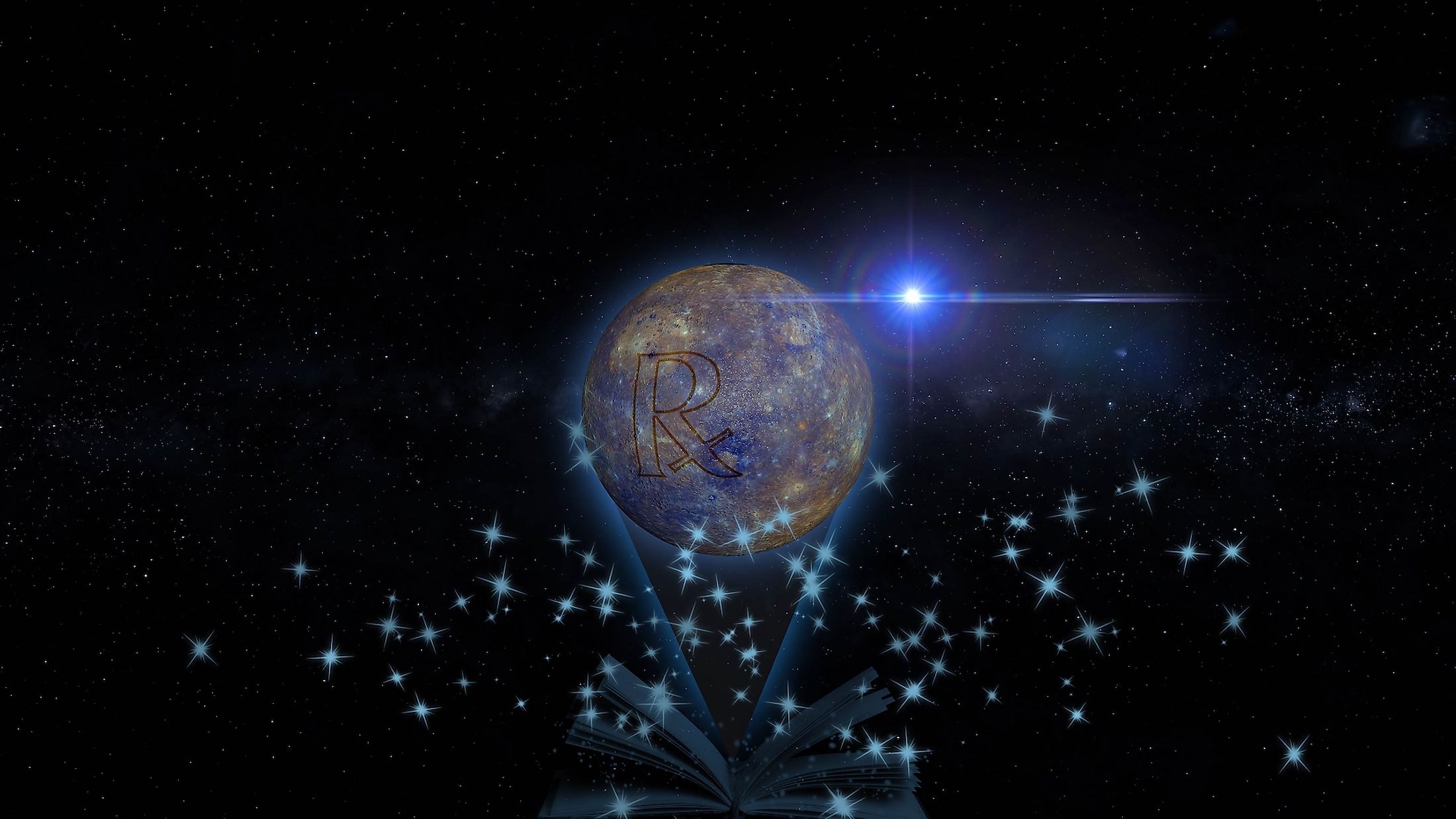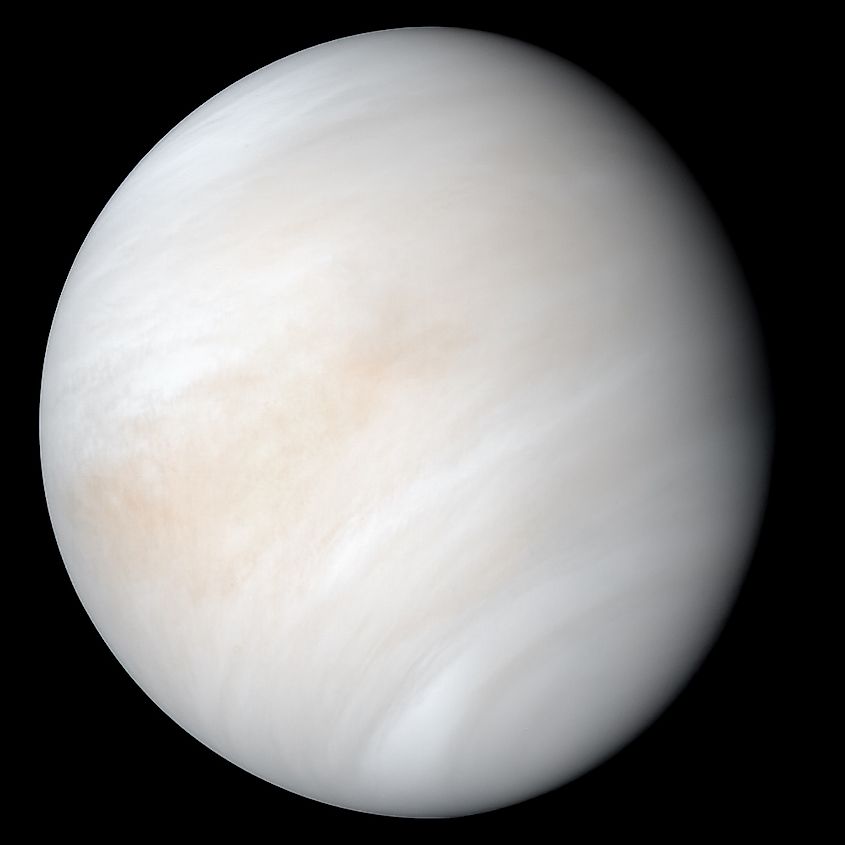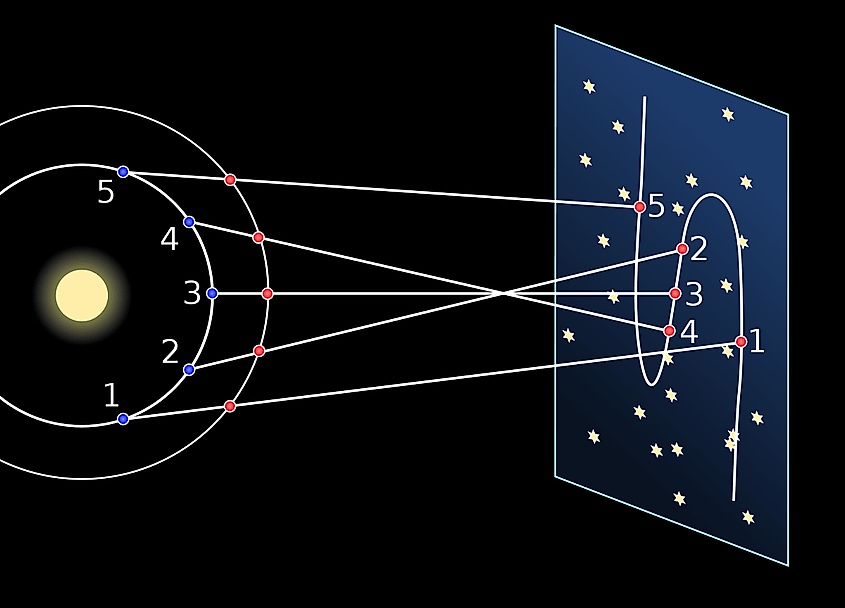
What Is Retrograde Motion?
Retrograde motion is the motion of a celestial body that is opposite to its apparent orbit. It is derived from the Latin word retro, meaning backward, and the Latin word gradus, meaning step. Retrograde motion can refer to both apparent and real retrograde. Apparent retrograde happens due to our perspective on Earth, whereas real retrograde refers to actual movement contradictory to an orbit.
Real Retrograde

Real retrograde motion involves celestial bodies that are actually moving in the opposite direction they are expected to. This can refer to the retrograde rotation of Venus and Uranus. All planets in our solar system orbit in the same direction. Almost all planets rotate counterclockwise, except for Venus, which rotates clockwise, and Uranus, which rotates on its side. In this case, Venus and Uranus are exhibiting rotational retrograde motion, as their orbit is going a different direction than their rotation. A similar phenomenon can be observed in the orbit of a moon opposite to the rotation of that planet. An example of this is Neptune’s moon Triton, as it orbits the opposite direction the planet spins. As a result, Triton's orbit will eventually become so small it will crash into Neptune.
Apparent Retrograde

Apparent retrograde motion is the retrograde we can see from Earth. Stars move across the sky from east to west, but sometimes they will stop and start moving backward. This confused early scientists but we now know what is happening. Because the orbits of Earth and other planets are drastically different sizes, as we pass the slower outer planets they appear to be moving backward. They are, however, not actually moving backwards. Rather, it is an illusion caused by our unique perspective on Earth. Since apparent retrograde is based on a unique perspectiv, it would be visible on other planets as well. The sun would appear to go into retrograde if you were to stand on the surface of Mercury. This is because Mercury is so close to the sun that as it reaches its closest ascent, its orbit moves faster than its rotation. As a result, there is one day of the year Mercury gets two sunrises.











